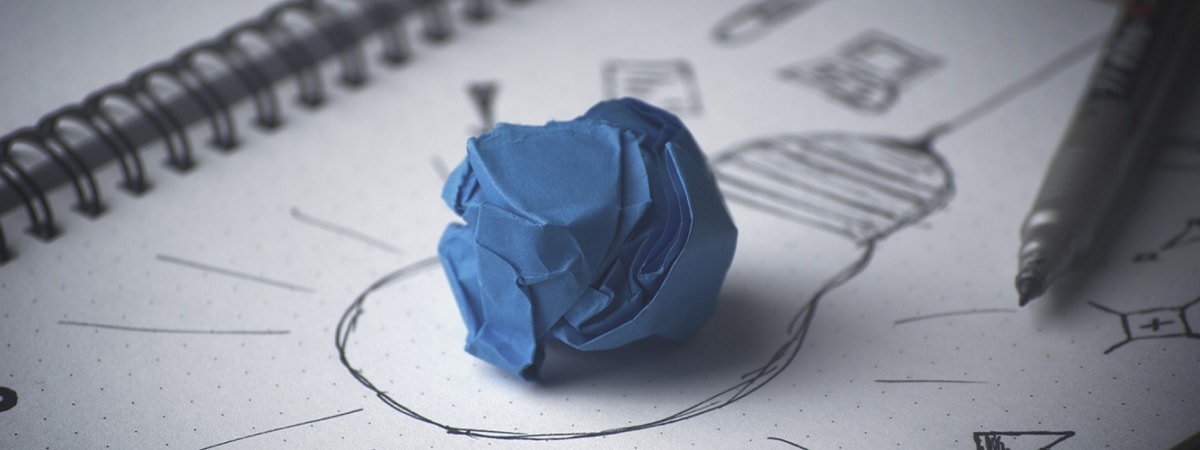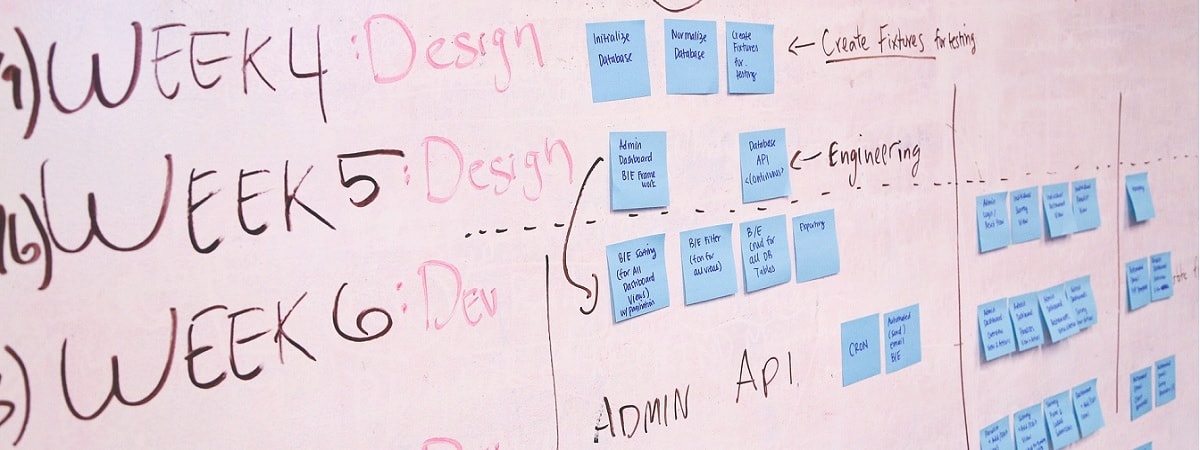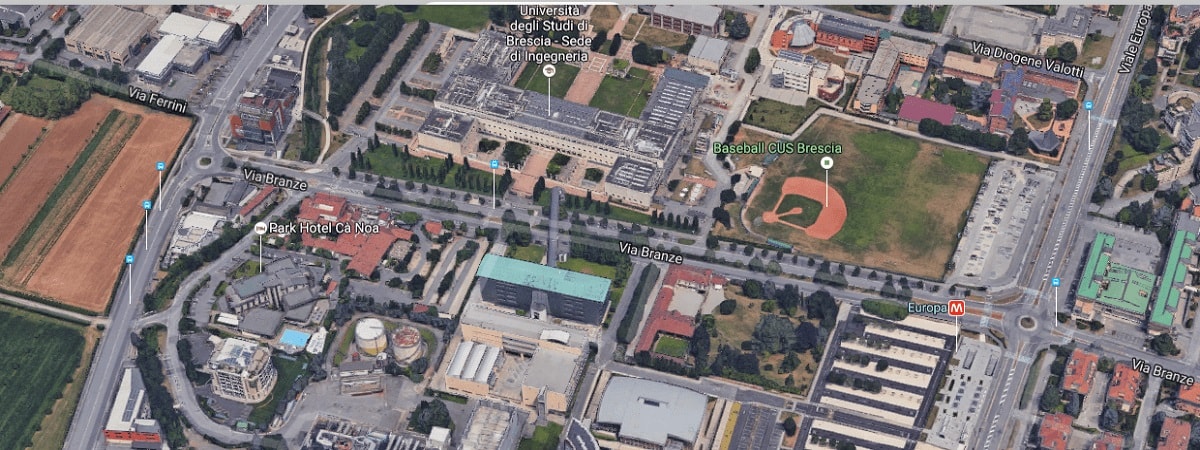Laboratory of Tissue Engineering
Tissue engineering is “an interdisciplinary field that applies the principles of engineering and life sciences to the development of biological substitutes to restore, maintain or improve tissue function and damaged organs.” In this field of research, cell biology disciplines, engineering, materials science and surgery blend together in order to build, through a combination of cells and materials (“scaffold“), new functional tissue.
The reference for this laboratory is to a multidisciplinary approach that, starting from the synthesis and the development of new substances and new biocompatible materials, defines the design parameters and manufacturing of the supports on which to grow cells which, when suitably stimulated, physically, chemically and / or biologically, can differentiate and organize into tissue structures.
Characterising activities
There are many potential areas of application with reference to the connective tissues, muscle and nerve tissues. To these activities it is also necessary be able to realize prototypal scaffold whose implementation could also be achieved with the advanced prototyping laboratory support. New scientific progress in the fields of cellular technologies with the acquisition of generation models of pluripotent stem cells, related to the development of biomimetic environments are providing unique opportunities for tissue engineering in the wider context of regenerative medicine.
The great achievements of this multidisciplinary approach laid the foundations for the creation of highly sophisticated systems for the creation of tissue in the lab for the development of real “human spare parts”, thus limiting the problems related to organ transplants. Of fundamental importance is the understanding of cell-substrate interactions, the transport of biomolecules within the matrix, the differentiation of stem cells and the development of technologies for the control of the physical-mechanical-chemical parameters of the bioreactors used for the growth and cellular differentiation.
In this context, and in view of the theme Technologies for Health and Welfare of the Health & Wealth project, a strategic choice for our University can be represented by the realization of a shared laboratory able to assess the physical characteristics (mechanical and electrical) and the biomechanical characteristics of the tissue that you want to replicate in the laboratory and the specific functional aspects of biological tissue in question. The aim is to design, implement scaffold and to assess the interaction of different cell types with the substrates obtained in experimental models in vitro and in vivo. The workshop is designed to combine the synergies of departments in medical and engineering with a view to mutual cooperation where skills and resources are shared.



